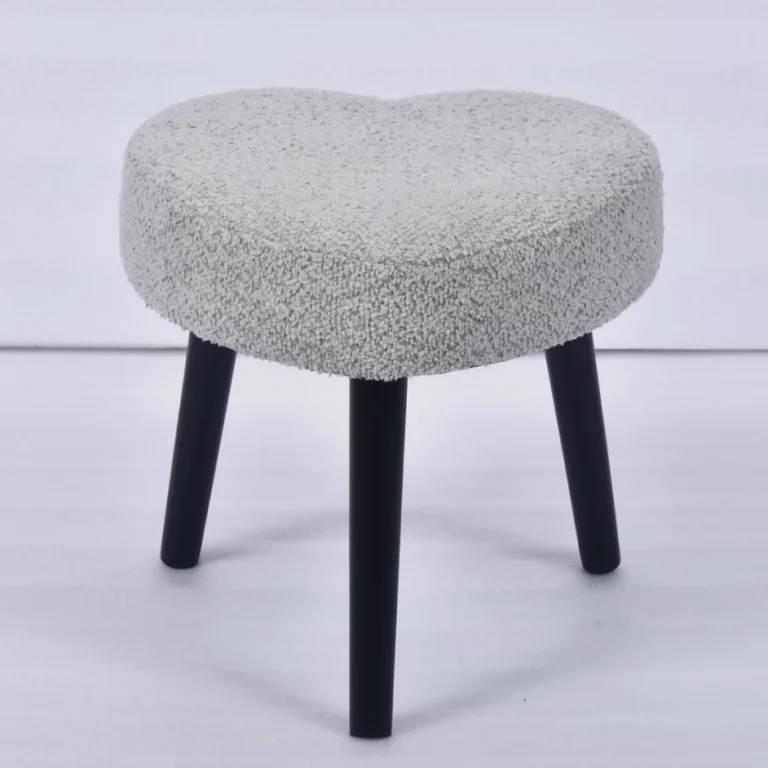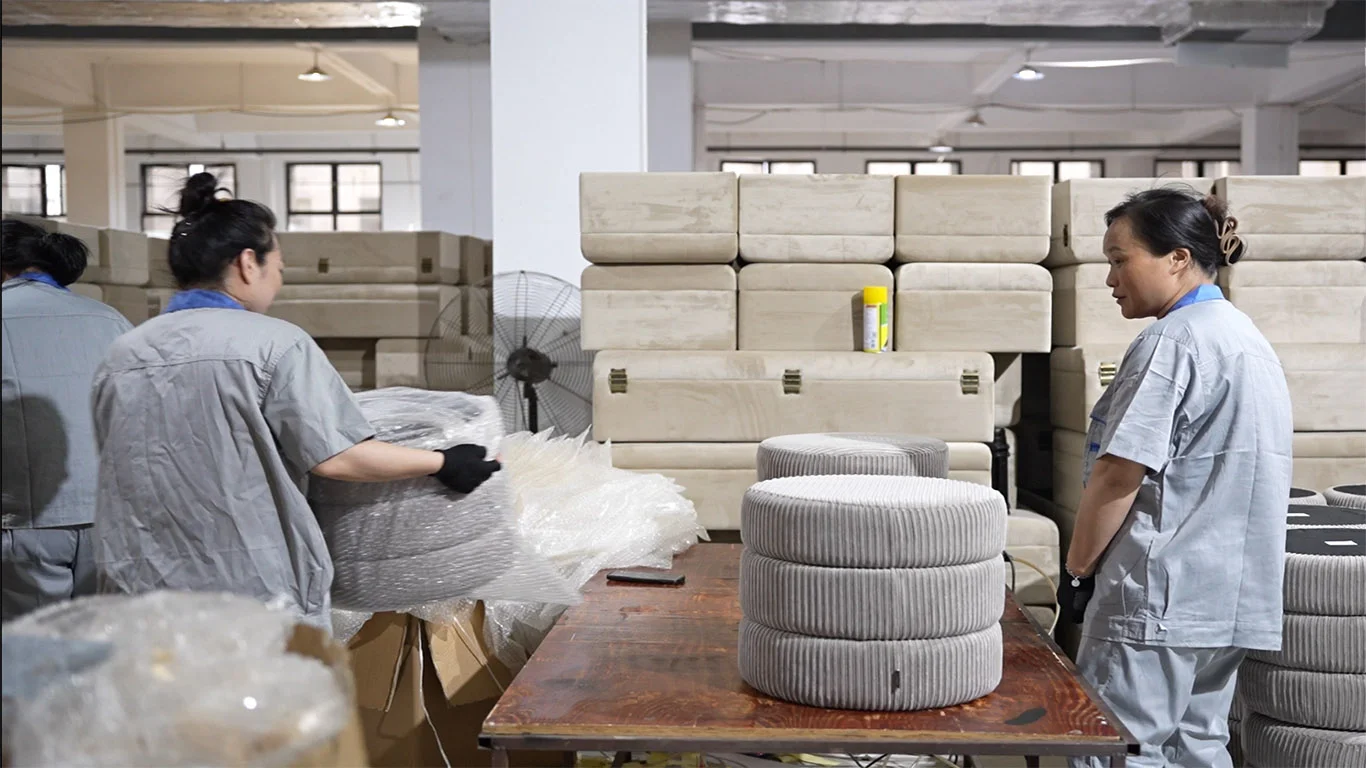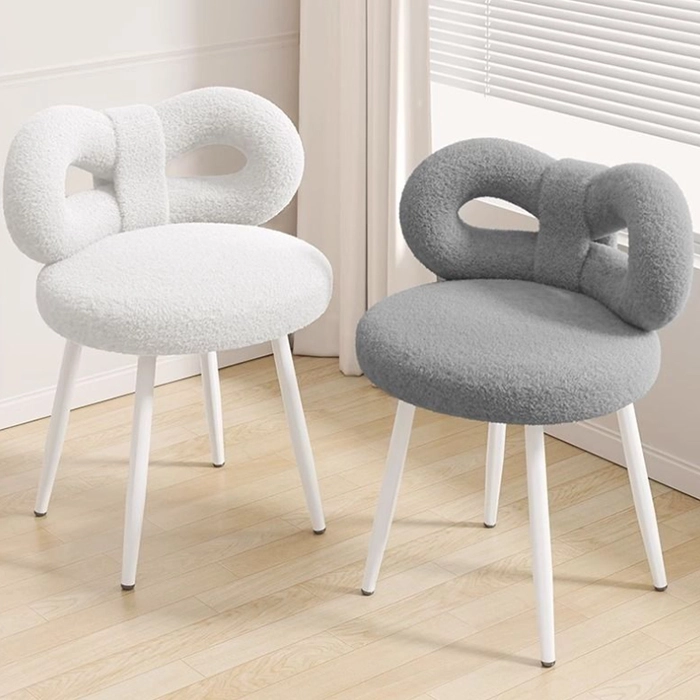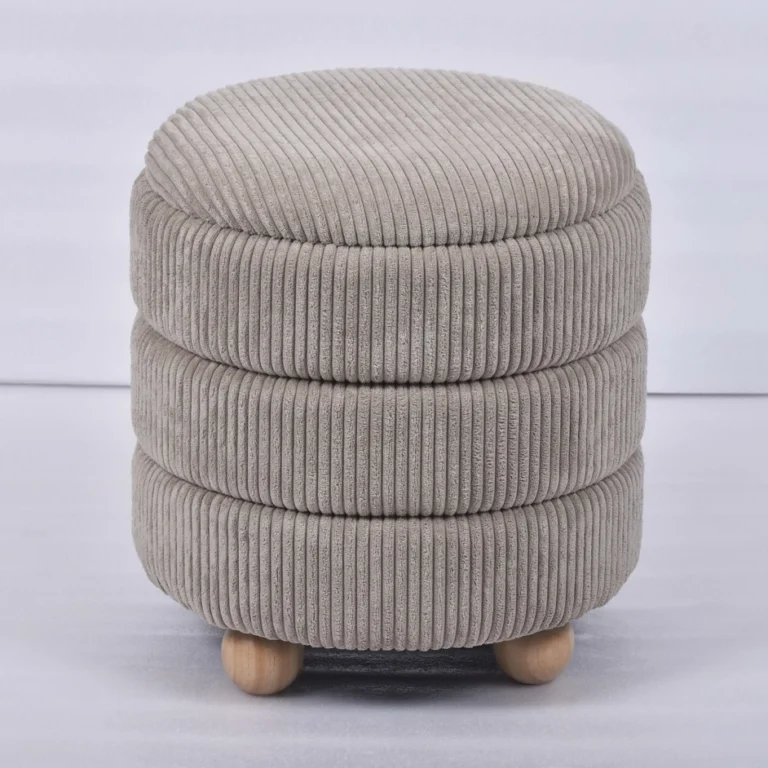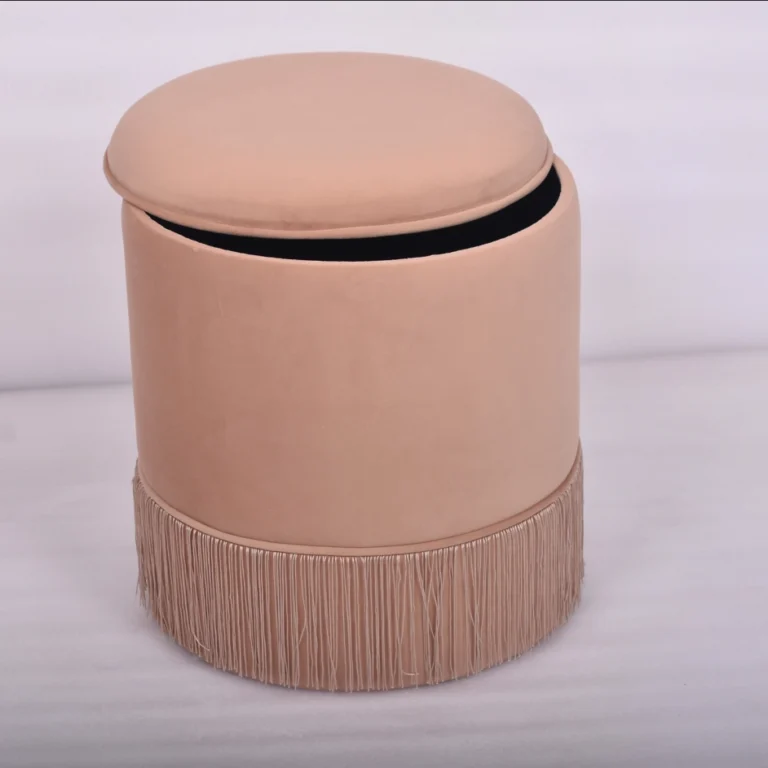The Soft Divan of Time: Eastern Romance and Western Texture in Ottoman Furniture
The Soft Divan of Time: Eastern Romance and Western Texture in Ottoman Furniture
As the sunset over Dubai’s Palm Island bathes a gilded, carved window, a velvet-embroidered Ottoman from Teruier Furniture rests upon a Persian-patterned rug. Its low profile resembles a treasure chest unloaded by a desert caravan, or a languid chaise longue in a Parisian salon, blending European elegance with Middle Eastern opulence into a single soft divan. This is not mere furniture—it is a flowing epic of civilization.
Style: The Gilded Narrative of Three Continents
In the hands of Teruier, the soul of Ottoman furniture is deconstructed into three aesthetic codes:
-
The Splendor of Persian Courts: Pomegranate-red velvet envelops a walnut base, embroidered with silver threads like the star trails of the Nile, adorned with brass rivets in celestial arrays echoing the dome motifs of Damascus mosques.
-
The Grandeur of the Ottoman Empire: Suede cushions mimic the drapes of Topkapi Palace, diamond quilting hints at sultanic insignia, and teak beast-paw feet are carved with Byzantine vines.
-
The Grace of Rococo: Curved gilt edges shimmer like the Hall of Mirrors at Versailles, champagne tassels cascade like morning mist along the Seine, allowing Eastern weightiness to breathe through French curves.
Function: From Throne to Earthly Zen
The wisdom of this divan lies in transforming imperial grandeur into daily rituals:
-
The “Third Space” of the Living Room: Reclining on Teruier’s peacock-blue velvet Ottoman, toes lightly brushing embroidered steps, it serves as a coffee table base, a sofa extension, or a solitary meditation perch—where time lingers as a Damascus copper pot pours Arabic coffee.
-
The Private Treasure Chest of the Bedchamber: Lifting the rosewood lid reveals a hollow compartment for cashmere shawls and sandalwood boxes, like a mysterious cabinet from Istanbul’s Grand Bazaar, where luxury hides in utility.
-
A Flowing Vista Between Columns: Beneath courtyard palm trees, a linen-cushioned Ottoman cradles an afternoon nap, its moisture-resistant oak frame enduring the Mediterranean’s salty breeze, dissolving the boundary between indoors and out in dappled light.
Teruier: The Revival of Craftsmanship at the Silk Road’s End
The name Teruier fuses the Ottoman word “terü” (meaning “rebirth”) with the French “lier” (to unite), mirroring its essence—
Between the cobalt of Iznik pottery and the iris motifs of Lyon silk, Teruier inlays Italian leather with Eastern “cloisonné” craftsmanship and traces Venetian gold leaf with Persian miniature strokes. Each wood grain undergoes triple staining and seven polishings, like the layered depths of the Bosphorus before Topkapi Palace, where millennia of civilization surge beneath. While Cairo’s coppersmiths hammer crescent-shaped rivets, Lyon’s embroiderers weave Byzantine gold thread into velvet—Teruier’s Ottomans are silent dialogues spanning Eurasia.
☾ Poetic Footnotes for Scenes
-
Pearl Palace of Manama: Lapis-blue Ottomans circle ivory-white arches, their surfaces holding mother-of-pearl coffee trays as sea whispers through lattice windows.
-
Lavender Fields of Provence: A raw linen divan on a stone terrace cradles freshly picked blooms, its wood grain exhaling the warmth of Southern sun.
-
Penthouse Library in New York: An emerald velvet Ottoman becomes a “reading island” between shelves, brass edges reflecting fireplace flames, its hidden compartment sheltering cigars and poetry.
This is the magic of the Ottoman—in Teruier Furniture’s weave, it is both an old dream of Constantinople and a vessel of modern living. When toes graze that soft divan, the trade winds of three continents sweep through time, leaving an eternal kiss upon the dwelling.


